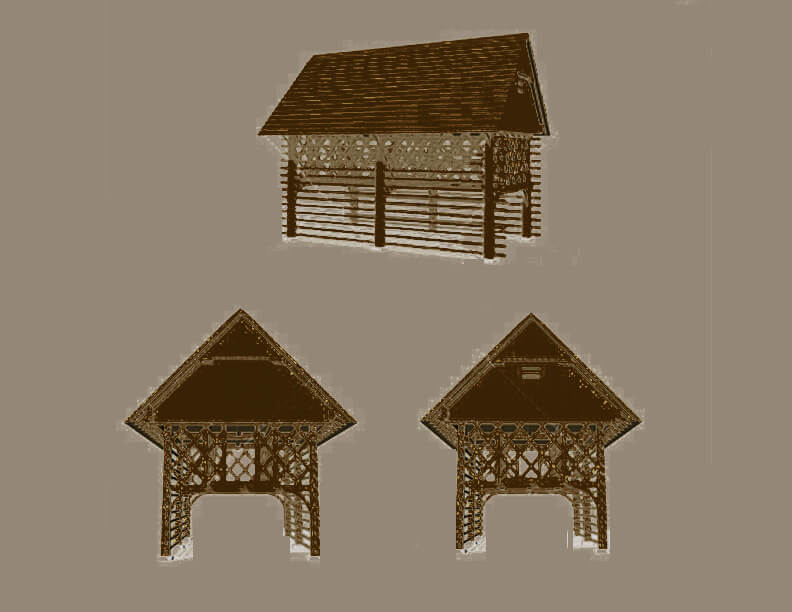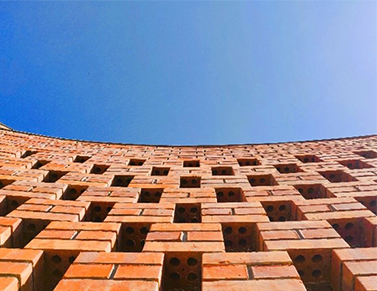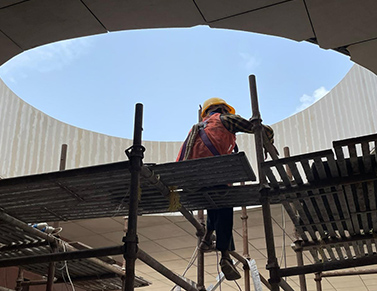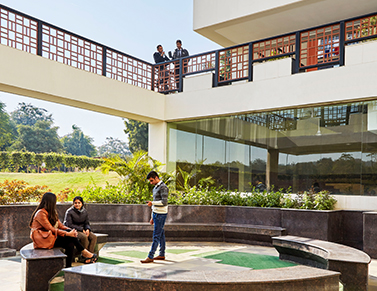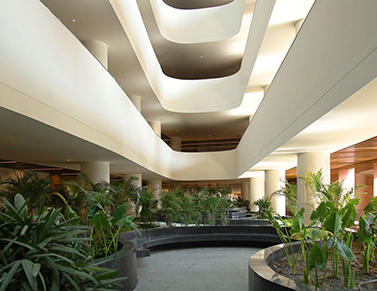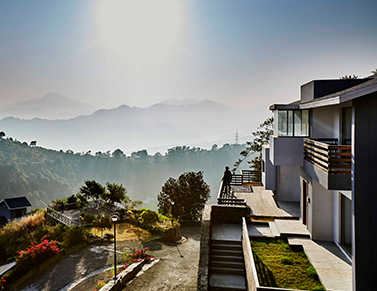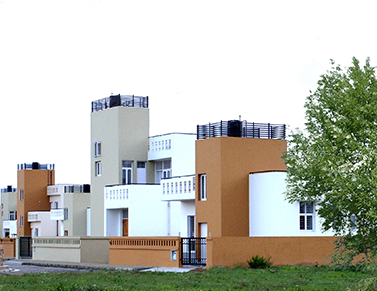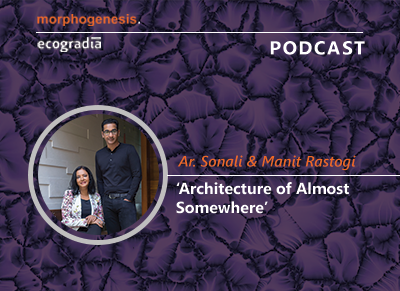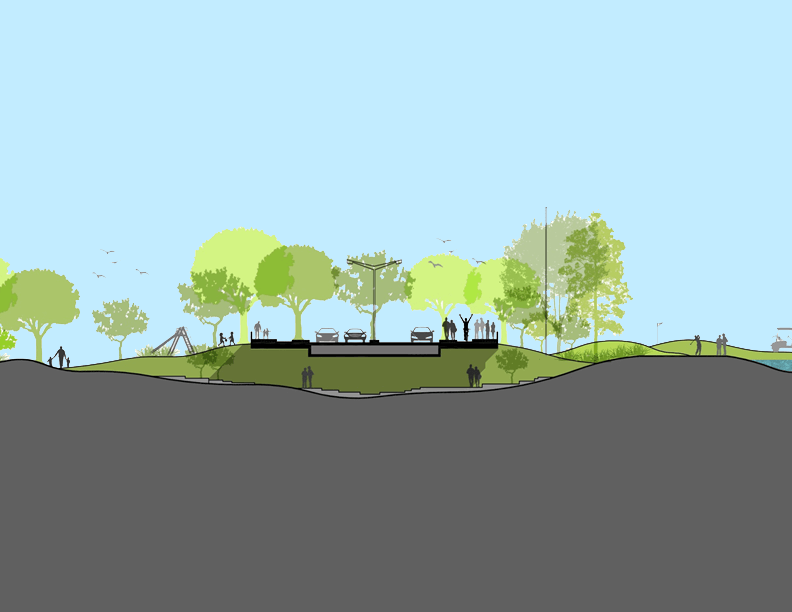Sustainable architecture has always been a part of the design history of India but today it has become especially important. There are multiple reasons for this importance. Firstly, the buildings by far are one of the biggest consumers of the energy and secondly, design serves as an important catalyst for the rapprochement between nature and human. Vernacular architecture of India has always been sustainable not because Indians were and are consciously trying to be sustainable and save the planet, but mostly due to the lack of the resources available at hand. Elements like courtyard, Jaali, stepwalls etc. are all excellent examples of sustainable architectural elements stemmed due to the scarcity of the resources and not necessarily from a conscious decision to be sustainable.
Nowadays the goal of sustainable architecture is to achieve maximum comfort conditions with the minimum energy sources, maximize reuse and recycling and employment of renewable resources. The sustainable architecture prevalent across globe today is designed from an approach that is mostly “building” centric and fails to consider the larger context and climate in consideration. Today a sustainable building design entails a layer of sustainability superimposed on top of the building completely devoid of the context. It is an approach that is “equipment centric.” There is a pressing need to step away from this approach and integrate passive design approaches right from the conceptual and planning stages of the building projects.
Additionally, the discourse of sustainability should now move on from merely an individual building. It should include the idea of sustainable cities. Most of today’s cities suffer from vicissitude of problems common to them all including over population, migration, pollution, water, electricity, sewage, governance, and global warming etc. These problems are ubiquitous and require an effort that can help people discover the hidden opportunities for sustainable practices dormant underneath the complex structure of these organic cities. In other words, green and sustainable should not be a luxury. It should be a necessity, a practice that each and every individual imbibes in his/her daily routine.
Morphogenesis, an architectural firm based in Delhi, is a pioneer of the sustainable design in India. Their recent initiative called, “the Nullah Project” is an excellent example of redeeming Delhi’s old water arteries in order to make the city more sustainable and livable. It’s not merely an architectural or planning project, the magnitude of the project’s potential impact can render it as a mass movement.
m.blog
Tags
close

